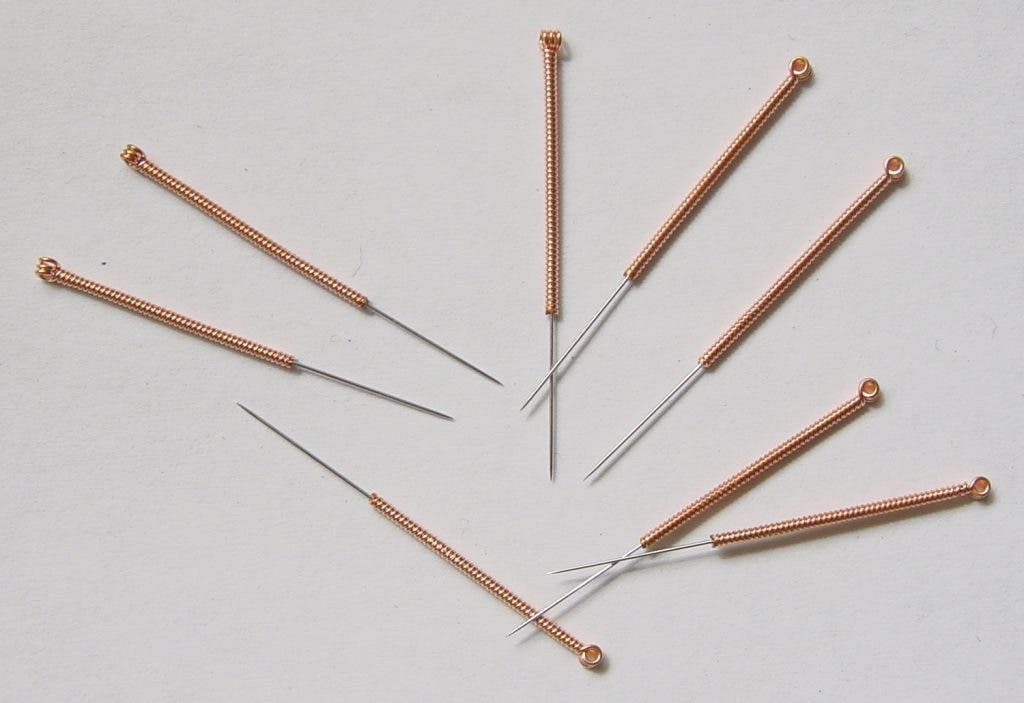Generally regarded as a pseudoscientific treatment, acupuncture has proven itself quite effective, at least at alleviating pain.

Acupuncture is a form of alternative medicine, a key component of traditional Chinese medicine. Acupuncture is commonly used for pain relief, though it is also used for a wide range of other conditions. The practice involves inserting long, thin needles in the patient’s skin in key points. Acupuncture has long been a contested debate, as there is no scientific evidence why it should work.
The conclusions of many trials and numerous systematic reviews of acupuncture are largely inconsistent – and this study will probably cause even more debate.
The evidence suggests that 90% of people who have fibromyalgia (chronic, widespread pain) try some type of alternative medicine; of course, people will go to great lengths to rid themselves of pain. The most common alternatives are massage, hydrotherapy and acupuncture.
The goal of the study was not to assess the general effectiveness of acupuncture, but rather to see if a personalized treatment could be developed. Researchers compared individually tailored acupuncture treatment with sham treatment in 153 adults, all of whom had been diagnosed with fibromyalgia. They were randomly assigned to the two groups, both of which included nine weekly sessions, each lasting 20 minutes. Participants continued to take their conventional medicine.
After the treatment, they were asked about their level of pain, depression, and overall health-related quality of life. They were also asked how their condition changed based on the Fibromyalgia Impact Questionnaire, or FIQ for short, at 10 weeks, 6 and 12 months.
“This treatment produced an improvement in the participants’ condition, reflected by a reduction in pain intensity and enhanced functional capacity and quality of life after the intervention and during the follow up period,” they write.
The results after 10 weeks were interesting from the start. Even people who received sham treatment reported a 27% decrease in pain levels, and those subjected to proper acupuncture reported a 41% decrease. The results persisted after a year. Sham acupuncture led to a 6% perceived pain decrease, compared to 20% for the real deal.
The results are encouraging, and developing personalized treatment does seem like the way to go. The results also show that even sham treatments can alleviate pain, probably due to the placebo effect.
“Such an outcome has not been reported by previous studies following the application of standardised treatments: therefore, our results suggest that applying individualised treatment algorithms when starting a course of acupuncture may be important,” they conclude.



